Explore the precision and clinical benefits of closed-tray impression copings, including their applications, manufacturing process, and innovations in implant dentistry.


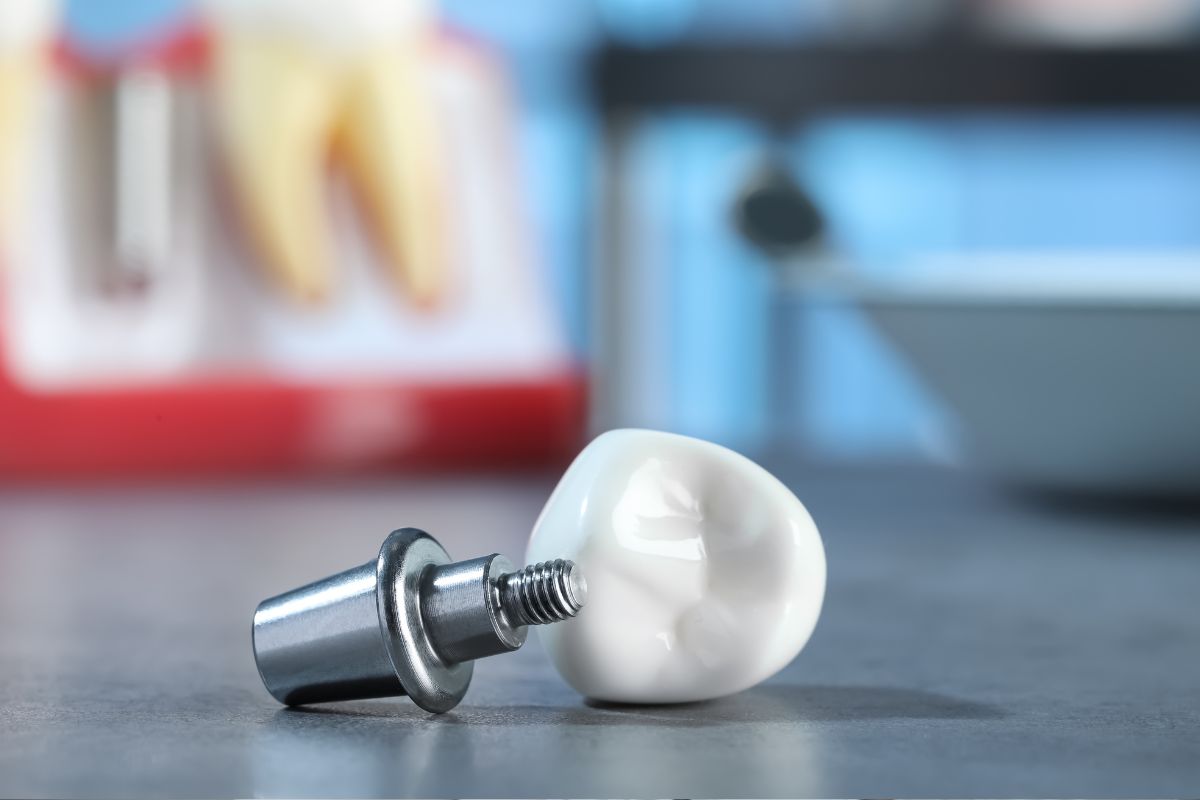
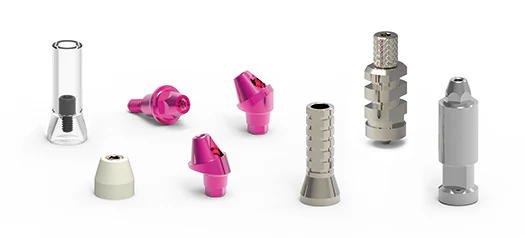
Closed-tray impression copings are precision-engineered components used in implant dentistry to accurately transfer the position of dental implants to laboratory models. These specialized tools consist of three primary elements: a machined interface that securely connects to the implant platform, a transfer body that remains embedded in the impression material, and a retrieval mechanism that allows separation from the implant analog.

This design makes them particularly valuable for single-unit restorations and cases with limited interocclusal space. Their precision-machined surfaces ensure accurate analog positioning while maintaining compatibility with major implant systems. At Manners Technology, these components are manufactured to sub-10μm tolerances using medical-grade titanium, ensuring reliable performance in clinical applications.
Closed-tray impression copings represent a distinct approach to implant-level impressions, characterized by their compact, self-contained design that contrasts with the extended projection of open-tray systems. These precision components operate on a fundamentally different principle - remaining intraorally during initial tray removal before being manually transferred to the analog in the laboratory. Their spring-loaded or friction-fit retention mechanisms maintain precise positioning while allowing controlled disengagement. The clinical applications of closed-tray systems reveal their particular strengths in space-constrained situations such as posterior single crowns with less than 4mm interocclusal clearance, cases with limited vestibule depth, and full-arch immediate denture conversions. They offer simplified clinical protocols that reduce average chairtime to 3.2 minutes compared to 5.8 minutes for open-tray methods, while eliminating tray modification requirements and serving as valuable tools in preliminary impressions for staged treatments.
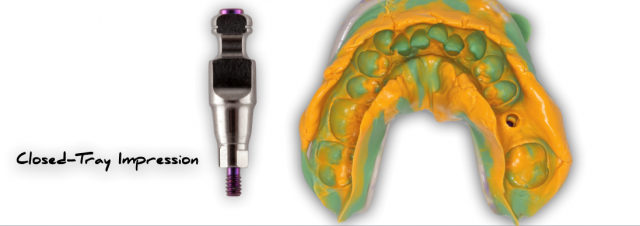

The technical differences between these systems become apparent in their manufacturing requirements. While both maintain interface accuracy within 15μm, closed-tray copings demand stricter angular control of ±0.2° compared to open-tray's ±0.5° tolerance, reflecting their more complex transfer methodology. Their specialized retention features incorporate micro-spring channels with laser-polished interiors, titanium nitride-coated engagement surfaces, and anti-rotation flats that maintain 2-5μm positional repeatability. The biological advantages of closed-tray systems include reduced gingival trauma during removal, better preservation of emergence profiles, and lower risk of soft tissue collapse in healed sites - particularly beneficial for thin biotype cases with 0.5-1mm gingival thickness.
Emerging innovations in closed-tray technology point toward an exciting future. Its evolution of modular systems that allow conversion between closed and open configurations further enhances their versatility. The existed technical progression demonstrates how closed-tray systems have matured beyond being merely an alternative to open-tray methods, establishing themselves as sophisticated solutions with unique advantages in modern implant prosthodontics. Their continued refinement through Manners’ precision manufacturing innovations ensures they remain indispensable tools that complement rather than compete with open-tray systems, offering clinicians a broader range of options to address diverse clinical challenges while maintaining the highest standards of accuracy and efficiency.
Closed-tray impression copings represent a marvel of dental engineering, where microscopic precision meets clinical functionality. These components, typically measuring 4-6mm in height with diameters ranging from 2.5-4mm, feature three critical zones: an implant interface replicating exact connection geometries, a central body with retention features, and a smooth transitional area for impression material adaptation. Their compact design belies the complex manufacturing process required to achieve the necessary ±10μm tolerances while incorporating delicate retention mechanisms that must withstand repeated clinical use.
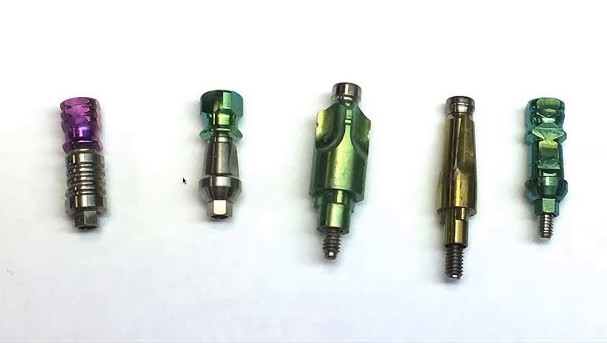
The manufacturing journey begins with certified titanium alloy rods that undergo rigorous material verification. Each billet is subjected to spectrographic analysis to confirm chemical composition and ultrasonic testing to detect subsurface flaws - crucial steps given the components' need to maintain dimensional stability through countless sterilization cycles. The raw material is precision-cut using our CNC-controlled saws that maintain ±0.01mm length tolerances, ensuring consistent starting conditions for subsequent machining operations.
In Manners, precision machining occurs on advanced Swiss-type lathes equipped with dual spindles and live tooling capabilities. The main spindle first creates the implant interface geometry using micro-tools as small as 0.3mm in diameter to machine intricate internal features like hex lobes or conical connections. This stage demands extraordinary precision, with linear motor drives maintaining 1μm positioning accuracy while advanced cooling systems control thermal expansion. The sub-spindle then completes the central body and retention features in a single clamping sequence, ensuring perfect alignment between all sections.
The retention mechanism presents unique manufacturing challenges. For spring-loaded designs, micro-milling creates precision channels just 0.3-0.5mm wide, which are then electro-polished to eliminate microscopic burrs that could affect spring movement. Friction-fit versions receive titanium nitride coatings applied through physical vapor deposition, creating consistent surface friction while maintaining biocompatibility. Manners use specialized grinding techniques to machine the anti-rotation flats that achieve sub-micron surface finishes, ensuring reliable engagement without premature wear.
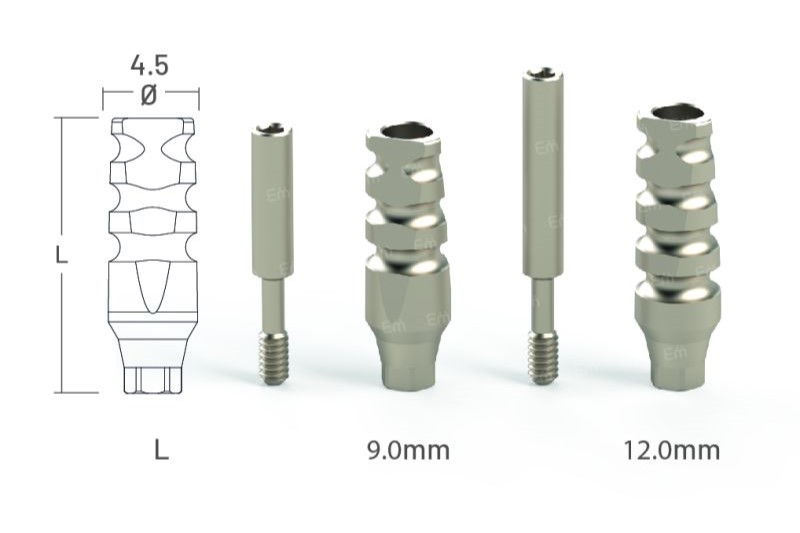
Surface finishing processes are tailored to each functional zone. The implant interface undergoes electrochemical polishing to achieve a mirror-like Ra 0.4μm finish that facilitates precise connection seating while resisting bacterial adhesion. In contrast, the central body receives controlled micro-texturing through specialized abrasive flow machining, creating 50-100μm surface patterns that optimize impression material retention without compromising retrieval. Laser marking systems apply identification codes with 30μm depth precision, ensuring traceability without creating stress concentration points.
Manners’ quality assurance protocols are exceptionally rigorous, reflecting the components' clinical importance. Each production batch undergoes coordinate measuring machine (CMM) inspection with 1μm repeatability. The entire manufacturing process reflects an intricate balance between precision engineering and clinical functionality. From the implant interface's sub-10μm tolerances to the retention zone's optimized surface texture, every detail serves both mechanical and biological requirements.